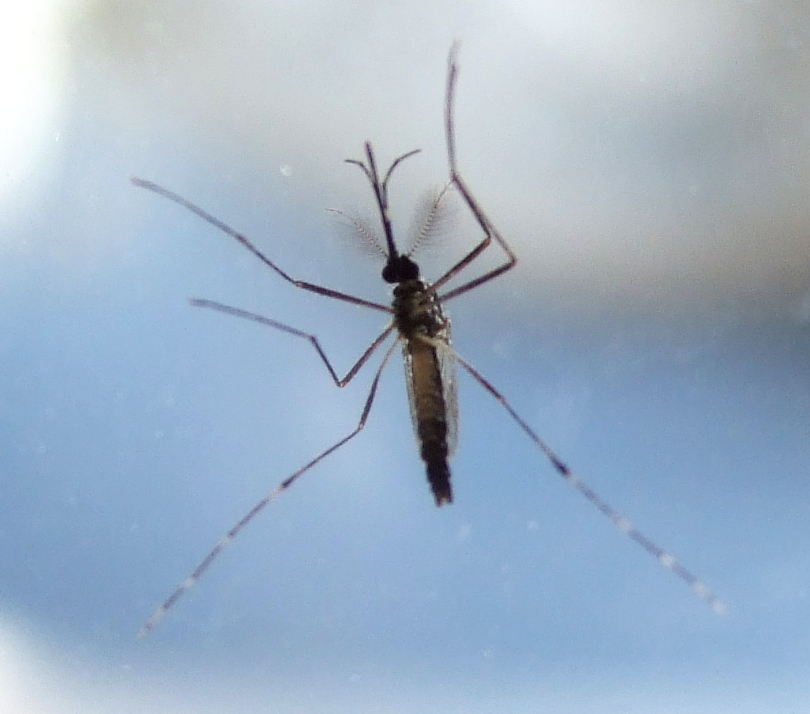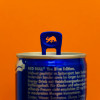It seems counter-intuitive that a species like a mosquito would be able to carry a virus from one person to the next, surviving with a relatively enormous viral load - often with viruses which can infect the mosquito itself. Mosquito born viruses are a huge problem not just in due to the illness they cause in people, but in domestic livestock. Understanding how the mosquitoes act as host and reservoir may offer insights into disease prevention.
 Writing in the journal PNAS, Kevin Myles and colleagues at Virginia Polytechnic Institute and State University, identified one method for how the "yellow fever" mosquito (Aedes aegypti) acts as a vector and reservoir for the mosquito-borne Sindbis virus, which causes sindbis fever in humans, with symptoms including joint pain, rashes and malaise.
Writing in the journal PNAS, Kevin Myles and colleagues at Virginia Polytechnic Institute and State University, identified one method for how the "yellow fever" mosquito (Aedes aegypti) acts as a vector and reservoir for the mosquito-borne Sindbis virus, which causes sindbis fever in humans, with symptoms including joint pain, rashes and malaise.
The virus uses RNA as it's genetic code, and when Myles and co looked at the makeup of an infected mosquito, they found large amounts of virus-virus-derived small interfering RNAs (viRNAs), which are capable of interrupting the virus' replication. It's no surprise that an infected species should put up an immune response, but these viRNAs are essential to the survival of the mosquito - but here's where it gets interesting - they are also essential to the survival of the virus.
When these viRNAs were suppressed in the mosquitoes, they suffered increased mortality and so are no longer able to act as a vector for the virus, in fact, it's the mosquitoes immune response that keeps the virus alive and transmitting from person to person or animal to animal.
The mammalian immune response to viruses is very different, so this doesn't tell us anything new about how we fight off an infection, but it does give us a new target to look at for blocking the transmission of viruses, saving lifes and livestock!
- Previous Turtles and tourism
- Next New milk bugs found










Comments
Add a comment